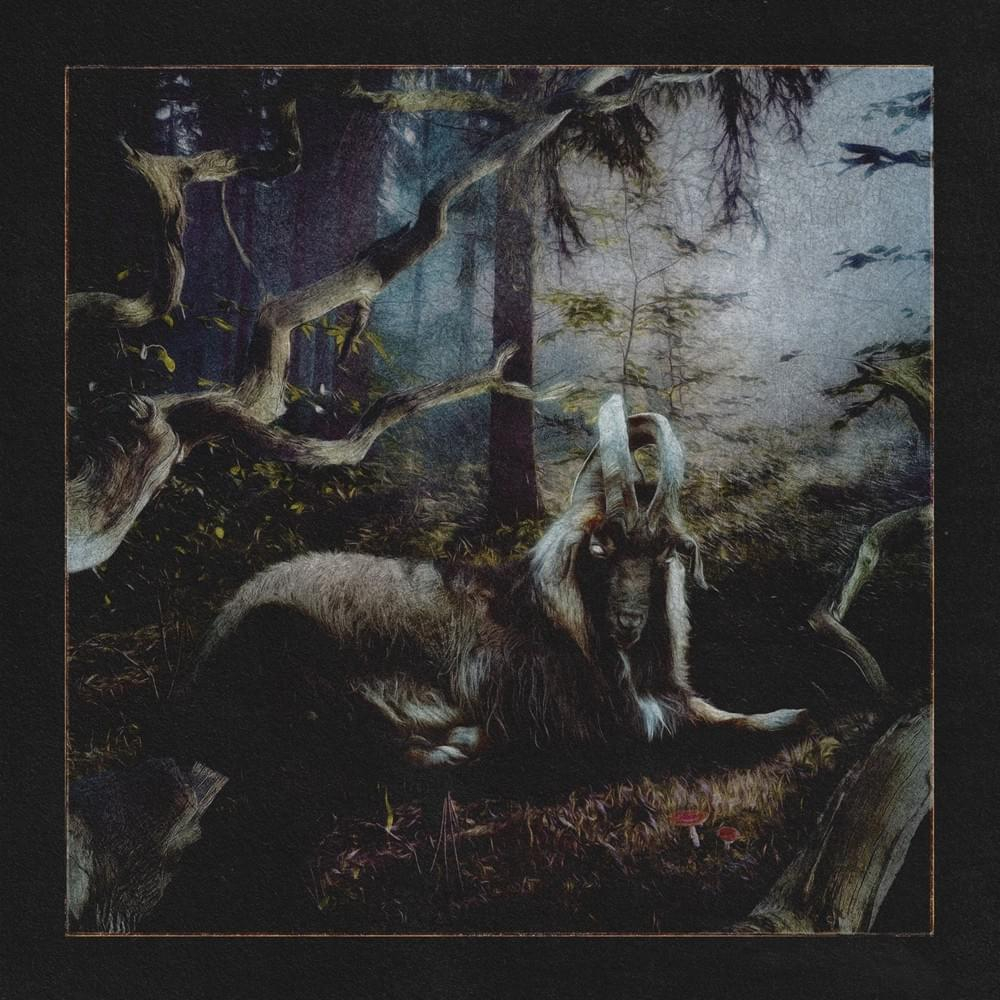Griffin Sendek | Features Editor
02/07/19
I did not hear about Cold War from trailers or online Oscar discussion. Rather, I first discovered the film on the T back to campus.
Wedged between the seat in front of me and the wall was an issue of the Pittsburgh Post-Gazette. As I unfolded the wrinkled-up paper and opened it to a random page, staring me right in the face was a movie review for Cold War. From the headline and photo alone, I learned the film was 1) Oscar-nominated, 2) Polish, 3) shot in black and white and 4) a love story.
At that point I did not need to read a single line of the review because I was already hooked. I made the decision that I needed to see this movie in a matter of seconds. Precisely two weeks later, I was sat in the Manor Theater for a matinee screening of Cold War.
From the title alone one might think Cold War is yet another film documenting the tensions between the U.S. and Soviet Union post World War II, but that could not be further from the truth. In fact, the U.S. is not mentioned once within the 1-hour-29-minute runtime.
Cold War, directed by Paweł Pawlikowski, tells a story of the era never before seen. The film opens in 1949 with the talented conductor Wiktor (Tomasz Kot) and producer Irena (Agata Kulesza) traveling the Polish countryside recording traditional folk tunes with the goal of reintroducing the music to the masses. Wiktor holds auditions for the creation of a folk choral ensemble; it’s at these auditions that he first comes across the fiery Zula, played excellently by Joanna Kulig.
It is not long before Wiktor and Zula’s immensely passionate, yet turbulent, romance begins. As Wiktor’s folk ensemble gains popularity, pressure from the Soviet government forces the group to sing songs of peace, homeland and Stalin. To avoid becoming another cog in the Soviet propaganda machine, Wiktor plans his escape to the West with Zula. Wikter makes the journey alone, though, for Zula never shows.
Cold War is a stunning but incredibly bleak love story told over the course of 15 years through a series of vignettes. Wiktor and Zula’s love is intrinsically tied to music; music is what brings the two together and what tears them apart time and time again.
Without music, Cold War would have no story; it is one of the most critical pieces of the film and the work put into the music is impeccable. The music, whether it be Joanna Kulig’s enchanting singing voice as Zula, the beautiful notes Wiktor stikes on his piano, Polish folk singers, jazz club musicians or concert accompaniment is all breathtaking. Music follows the story every step of the way; there is seldom a scene without it. More impressive, however, is that not a single non-diegetic note plays.
Color film is one of the most significant innovations for the entirety of the medium, I do not dispute that for a moment, but there is a certain kind of beauty and elegance to black and white that color will never be able to replicate.
When filming in black and white, contrast is absolute. In Cold War every piece of the puzzle, from the lighting to costumes, makeup and scenery, all fall perfectly into place, creating striking contrast throughout its runtime. The unification of all the elements results in the entire film having a superb balance between light and dark.
My jaw dropped in awe at the beauty of this film more times than I can count. Had I the ability to pause the projector and analyze individual frames, I guarantee I would still be sitting in the theater at the edge of my seat, eyes glued to the screen.
It is no surprise Cold War was nominated for best cinematography, as the film showcased absolutely excellent camera work. Cinematographer Lukasz Zal truly outdid himself.
The urge to constantly cut and move the camera was fought in Cold War. More often than not, the camera is put in a single place in front of the actors or scene and left there. It might seem overly basic or simplistic, but in an age of films in which the camera is either cutting every few seconds or moving incessantly, leaving the camera in one place and letting the scene speak for itself, allowing the actors to display the best of their abilities genuinely, is a breath of fresh air. Camera movement is used deliberately and sparingly.
The traditional method of recording people having a conversation was thrown out the window for Cold War; instead of cutting back and forward between the two actors, Pawilkowski and Zal simply framed everyone within the shot and recorded the conversations from a single angle. It was done so well, so seamlessly, that the average audience member would never notice a difference.
A sure sign that a film has you fully engaged is when you lose awareness of the passage of time. Nothing is worse than the feeling of wanting a movie to just end already, but Cold War had me so captivated I did not even realize it was ending until a short time before the credits rolled across the screen. I easily could have sat in that theater watching for another hour, but Cold War ended at the exact right moment, not a second too soon or too late.
Upon looking up the runtime of the film, I was shocked to discover it was only roughly 90 minutes long; for the amount of story and events contained within the film, it was amazing it all fit within the length of the average children’s movie.
The film doesn’t give the feeling of a single corner being cut, going to show that everything within Cold War was clear and deliberate choice culminating in creating a masterclass of 21st-century cinema.
Cold War is nominated for best foreign film, best cinematography, and best director at The Oscars. In my opinion, it deserves to win all of three. Unfortunately, I do not think it will be that lucky. On Feb. 24, when the Oscars air, hopefully, the filmmakers will be able to take home at least a single win, but even if Cold War gets horribly snubbed, you owe it to yourself to watch this film.



